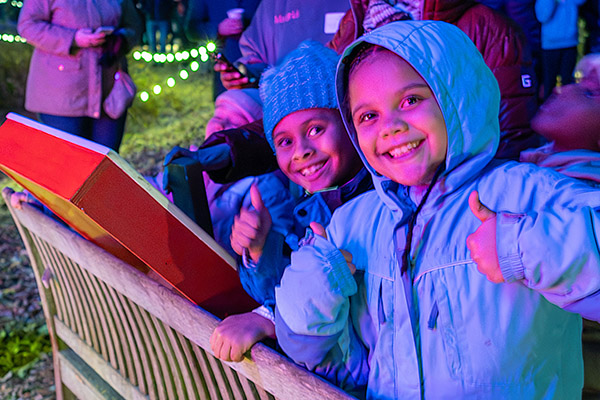Last week, we shared some of the sustainable actions we’ve been taking behind the scenes and how the Garden is committed to reducing our energy and resource use. This week learn more about how we’re bringing these environmental awareness initiatives and more to Garden visitors.
Education is a large part of what we focus on at the Garden so when visitors come to learn, we want to share the best information we have available on making mindful decisions for the planet.
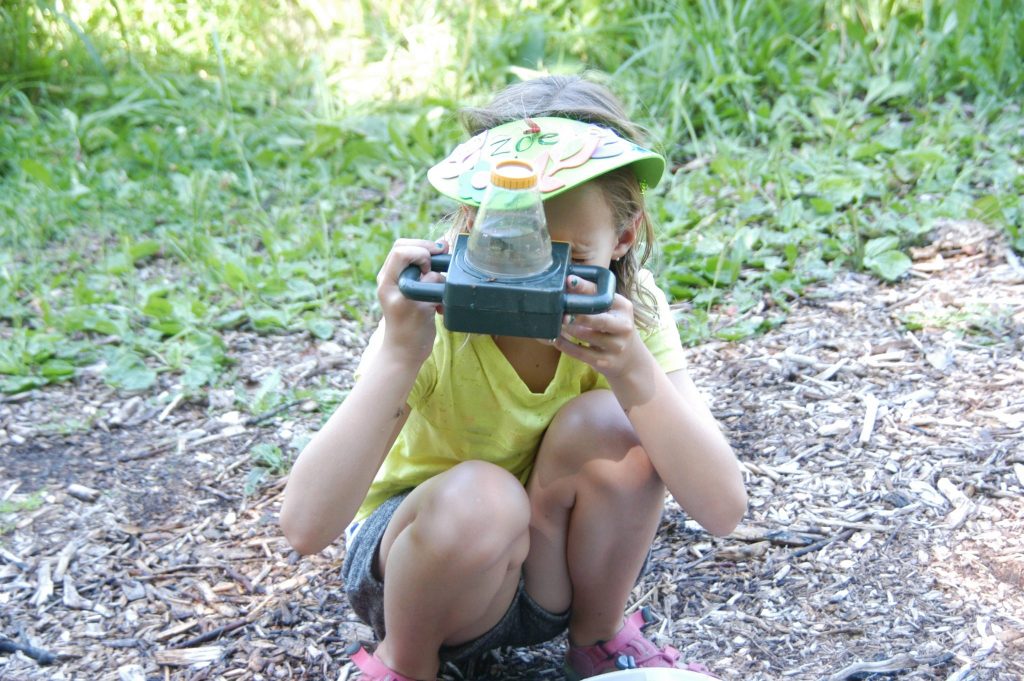

for kids and adults alike.
Linda Gustke (Director of Guest Experience & Education) speaks to the heart of these efforts when she explains what being environmentally conscious means to her on a personal level:
“To educate others and empower others to think about how their actions impact more than themselves or their families but how they can be part of a greater change to protect our environment and our world.”
Linda Gustke, Director of guest Experience & Education
We believe that teaching children about the ways that they can reduce their impact on the Earth helps them grow into adults who will keep those values for a lifetime. In our adult classes, we regularly incorporate information and practices on native plantings, reduced input gardening and composting, since these things are staples of what we already do.
We take the commitment to being sustainable at the Garden seriously. Over the past few years, we have been making efforts to encourage everyone to consider environmentally friendly options. Recycling bins are ubiquitous across the Garden, which makes it convenient to do no matter where you are on our grounds. This also includes our team who not only recycle materials whenever possible, but also conserve food scraps for use in our Garden’s compost piles. Many of our education programs have focused on impact-reduction topics, such as our “Shipwreck Salvagers” summer camp which explores ways to reuse materials humans leave behind that may harm our environment through fun games and activities.
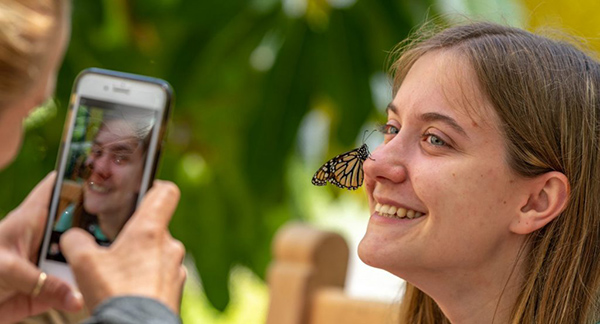

Last year, our Butterflies & Blooms summer exhibit allowed us to take an insect-focused approach to promoting sustainability. We showcased a wide variety of live butterfly species from around the United States, and in doing so we were able to teach visitors about the life cycles, food preferences and identification of these important pollinators. Our games and interactive displays throughout the Garden taught children and families about which animals pollinate flowers and how pollination works.
The pollinator display garden alongside the butterfly house was not only a resource for the local butterflies, bees and other insects to visit for food, but also encouraged guests to learn about ways they can be more environmentally friendly by planting the same plants in their own living spaces to help wildlife.
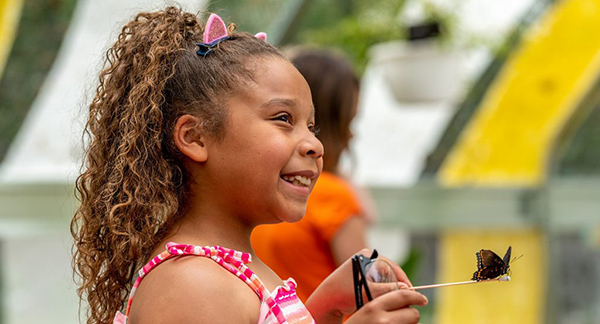

At the Garden this summer, Washed Ashore: Art to Save the Sea will be riding a tide into Wisconsin for the first time, displaying massive sculptures made from human-created ocean debris which has been repurposed into wonderful works of art. You’ll discover the connections between plastic waste, the wellbeing of marine life (and us!) and learn everyday things that we can all do to make a difference for the Great Lakes and beyond.
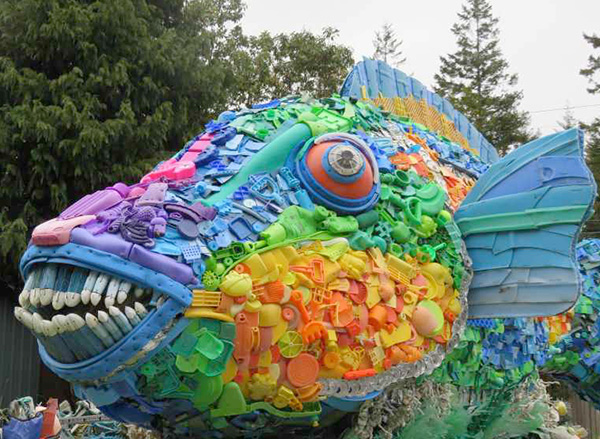

Photo courtesy of Washed Ashore: Art to Save the Sea
Exhibits like these are something you can come to expect as the Garden continues to take a proactive role in being environmentally conscious. In truth, it’s not just about the Garden, but all of us working together. Mark Konlock (Director of Horticulture) makes this point when explaining his enthusiasm for planting ecologically beneficial native species:
“If everybody does their part, it can make a difference. How can we do our part and help other people to make a difference as well?”
And remember to save the dates for this year’s summer exhibit at the Garden… Washed Ashore! The exhibit kicks off on Saturday, May 8!








